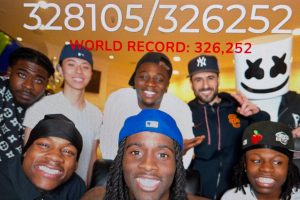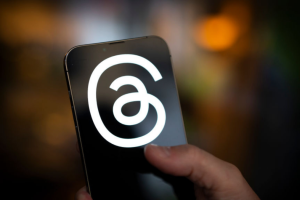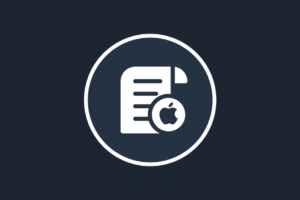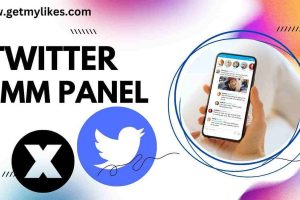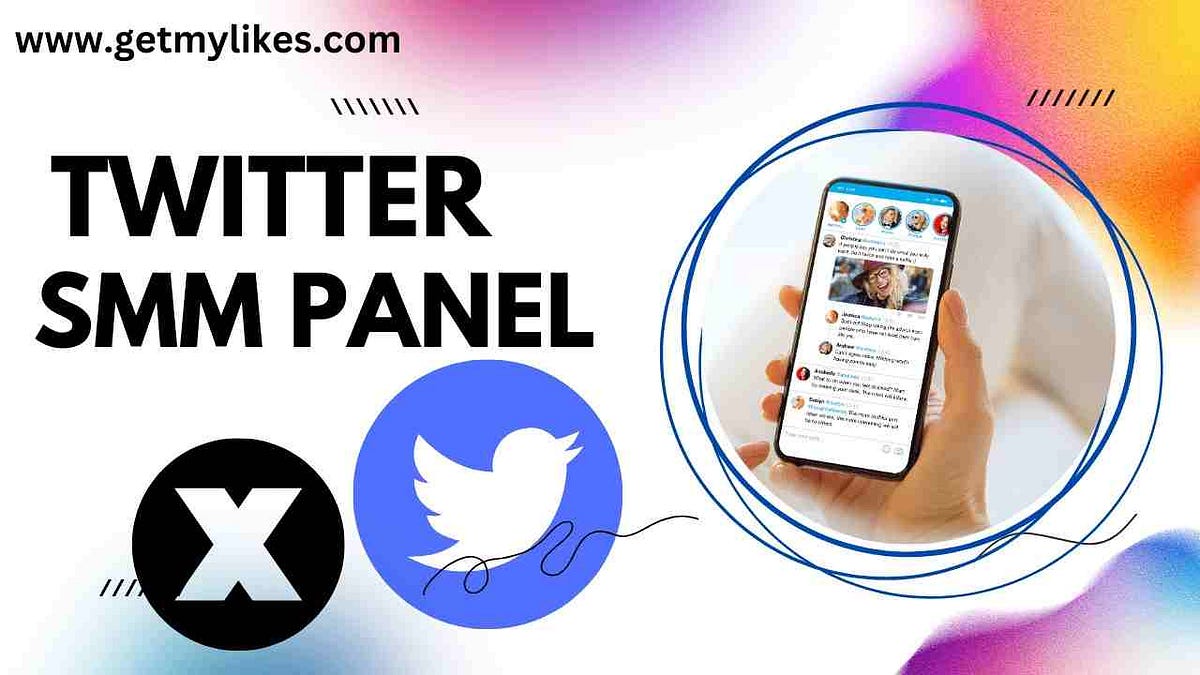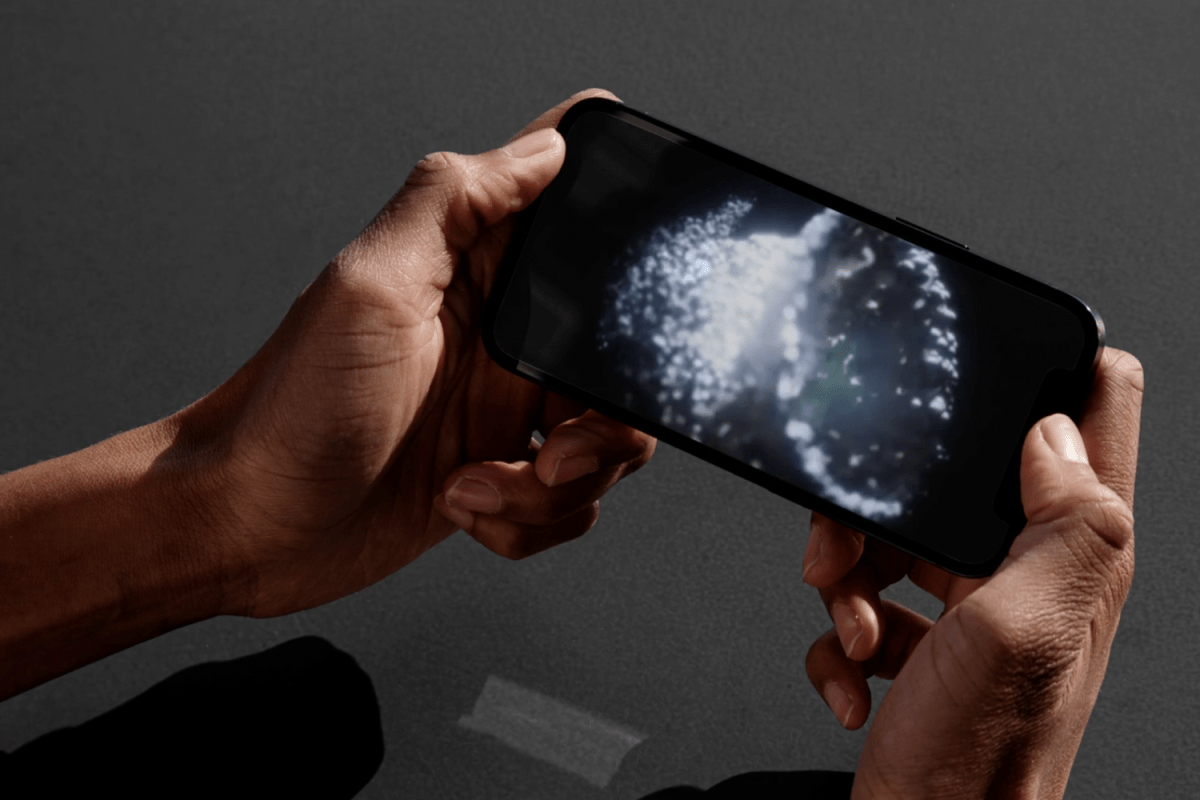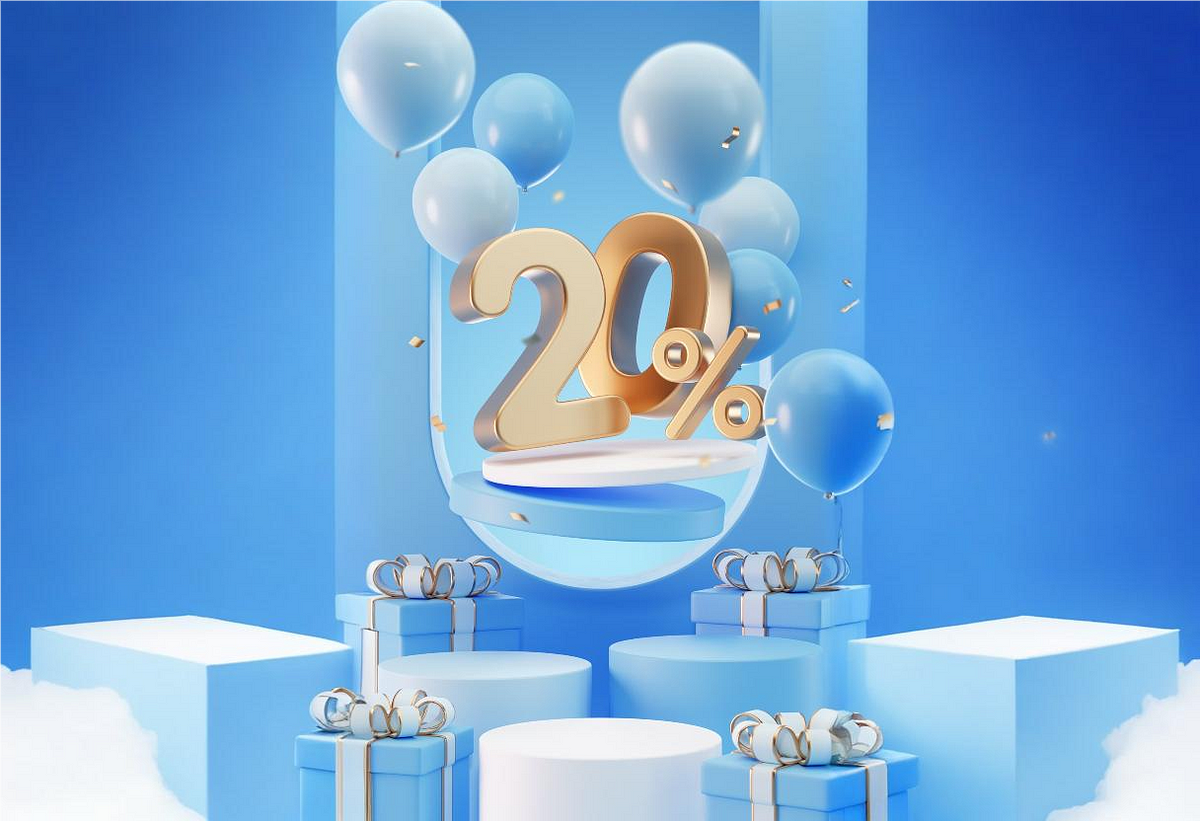In the dynamic landscape of social media, a robust Twitter marketing strategy is the compass that guides brands to navigate the vast digital sea. Imagine it as the secret sauce that propels businesses to Twitter stardom, where tweets become not just messages but powerful ambassadors of your brand.
Let’s delve into the realm of Twitter’s marketing strategy with real-world examples that underscore its significance. Notably, Wendy’s witty and engaging tweets have transformed their Twitter feed into a playground of humor and interaction. This exemplifies the essence of a well-crafted strategy — one that doesn’t just broadcast messages but fosters genuine connections.
Moreover, the success story of Airbnb unveils the power of a thoughtful Twitter approach. By leveraging user-generated content and promoting unique experiences, they’ve turned followers into brand enthusiasts.
In a nutshell, a Twitter marketing strategy isn’t just a trend; it’s a proven formula for brand elevation. This article explains the complexities, explores success stories, and equips you with the insights needed to craft your triumph in the Twitterverse. Let’s explore.
In the vast world of online marketing, it’s essential to understand what makes each platform special. Twitter, with its real-time updates and short, to-the-point communication style, provides a unique way to connect with your audience. When creating a personalized marketing plan, it’s crucial to grasp the ins and outs of how Twitter works.
Your Twitter profile serves as the face of your brand. Ensure it’s compelling by incorporating a captivating profile picture, an attention-grabbing header image, and a concise yet impactful bio. Make use of relevant keywords to enhance discoverability.
Crafting compelling tweets is an art. Keep them concise, relevant, and visually appealing. Incorporate multimedia elements like images, GIFs, and videos to elevate your content. Don’t forget to infuse your brand’s personality into each tweet.
Hashtags are the currency of Twitter. Research and utilize trending and industry-specific hashtags to expand your reach. Strike a balance between popular and niche hashtags to maximize visibility among your target audience.
Twitter is not just a broadcast platform; it’s a conversation hub. Actively engage with your audience by responding to comments, retweeting relevant content, and participating in conversations. Fostering a genuine connection with your followers is key to long-term success.
Timing is everything on Twitter. Analyze your audience’s online behavior and schedule your tweets during peak hours. This ensures maximum visibility and engagement. Experiment with different posting times to find the optimal schedule for your target audience.
Regularly analyze your Twitter analytics to glean insights into your audience’s preferences and behaviors. Identify top-performing tweets, understand engagement patterns, and adjust your strategy accordingly. Data-driven decisions pave the way for continuous improvement.
Effective hashtag usage extends the reach of your tweets. Conduct thorough research to identify trending and industry-specific hashtags. Incorporate them seamlessly into your tweets, ensuring your content reaches a broader audience actively searching for related topics.
Boost brand recognition by crafting unique branded hashtags. Encourage your audience to participate in discussions using these hashtags. This not only fosters a sense of community but also increases the visibility of your brand across the Twitter sphere.
Posting at the right time can significantly impact your tweet’s visibility. Analyze data to determine when your audience is most active. Schedule tweets during peak engagement hours to maximize reach and interaction.
Considering the global nature of Twitter, cater to audiences in different time zones. Use scheduling tools to ensure your tweets are strategically timed for maximum impact across diverse geographical regions.
Identify key influencers in your industry and engage with their content. Mention them in relevant tweets and build genuine connections. This not only expands your reach but also lends credibility to your brand through association with established figures.
Foster a sense of community by encouraging users to create and share content related to your brand. User-generated content serves as authentic endorsements, amplifying your reach and establishing trust among potential customers.
Regularly analyze Twitter Analytics to gain insights into the performance of your tweets. Track metrics such as engagement rates, click-through rates, and follower growth. Use this data to refine your strategy and focus on what resonates most with your audience.
Experiment with different tweet formats, visuals, and posting times through A/B testing. This iterative approach allows you to identify the most effective strategies for your specific audience, continually optimizing your Twitter marketing efforts.
Nike, a global leader in athletic footwear and apparel, executed a groundbreaking Twitter marketing campaign that showcased the power of interactive content.
Nike introduced a Twitter-exclusive contest where users were encouraged to share their unique workout routines using a dedicated hashtag. The most creative entries stood a chance to win exclusive merchandise. This not only engaged Nike’s audience but also generated a viral buzz around the brand. The campaign resulted in a 30% increase in Twitter followers and a notable uptick in sales, showcasing the impact of interactive and user-generated content.
Starbucks, a renowned coffeehouse chain, exemplified the significance of real-time engagement on Twitter to enhance brand loyalty and customer satisfaction.
During a limited-time promotion, Starbucks encountered a surge in online orders. Leveraging Twitter, they promptly addressed customer queries, provided order updates, and even surprised customers with personalized thank-you tweets. This real-time engagement not only resolved customer concerns swiftly but also created a positive online sentiment. As a result, Starbucks witnessed a 20% increase in customer satisfaction scores and a subsequent rise in repeat online orders.
Transform your brand into a Twitter sensation with our magnetic marketing magic. Digital Diva services
Tesla, an industry leader in electric vehicles, utilized Twitter as a strategic tool to create anticipation and excitement around their latest product launches.
Tesla adopted a series of teaser tweets leading up to the unveiling of their new electric vehicle model. These tweets included sneak peeks, behind-the-scenes footage, and engaging polls to involve their audience. The deliberate use of suspense and interactive elements generated immense curiosity, driving thousands to follow Tesla on Twitter. The result was a record-breaking number of pre-orders within the first week of the official launch, showcasing the impact of strategic pre-launch Twitter marketing.
These case studies underscore the diverse strategies employed by industry giants to leverage Twitter effectively, demonstrating the platform’s versatility in achieving various marketing objectives.
Twitter Marketing Tools
1. Hootsuite
Hootsuite is a comprehensive social media management tool that enables scheduling tweets, monitoring engagement, and managing multiple Twitter accounts from a centralized dashboard.
2. Buffer
Buffer simplifies social media scheduling with its user-friendly interface. It allows you to schedule tweets, track performance analytics, and collaborate with team members for efficient Twitter management.
3. Sprout Social
Sprout Social offers advanced social media management features, including scheduling, analytics, and social listening. It provides valuable insights to enhance your Twitter marketing strategy.
4. TweetDeck
Owned by Twitter, TweetDeck is a powerful dashboard for real-time tracking, monitoring multiple timelines, and managing engagement seamlessly.
5. CoSchedule
CoSchedule is an all-in-one marketing calendar that integrates with Twitter. It enables you to schedule tweets, track performance, and coordinate your social media campaigns.
6. Agorapulse
Agorapulse simplifies Twitter management with features like scheduling, content queueing, and in-depth analytics. It also provides tools for social listening and competitor analysis.
7. MeetEdgar
MeetEdgar focuses on content recycling, allowing you to schedule tweets and automatically repost evergreen content, maximizing its visibility over time.
8. Zoho Social
Zoho Social provides a comprehensive suite for Twitter marketing, offering features like post-scheduling, social listening, and performance analytics.
9. TweetReach
TweetReach specializes in analytics, providing insights into tweet reach, impressions, and engagement metrics to help you measure the impact of your Twitter campaigns.
10. Brandwatch
Brandwatch is a robust social listening tool that helps you monitor brand mentions, industry trends, and sentiment analysis on Twitter, allowing for informed marketing strategies.
11. Mention
Mention is a social media listening tool that tracks brand mentions across various platforms, including Twitter. It helps in understanding your brand’s online presence and audience sentiment.
12. Tweepi
Tweepi is a Twitter management tool that aids in managing followers, finding relevant users to follow, and cleaning up your Twitter account for optimal engagement.
13. Falcon.io
Falcon.io offers a unified social media management platform, covering scheduling, analytics, and social listening, making it a versatile tool for Twitter marketing campaigns.
14. SocialBee
SocialBee focuses on content categorization and scheduling, allowing you to organize your tweets effectively and maintain a consistent posting schedule.
15. Sendible
Sendible is a social media management tool that includes Twitter scheduling, analytics, and collaboration features, making it an excellent choice for businesses with multiple team members involved in Twitter marketing.
In today’s digital landscape, Twitter marketing holds unparalleled importance for businesses seeking rapid brand exposure and engagement. With over 330 million monthly active users, Twitter serves as a dynamic platform for real-time communication.
Notable examples include Wendy’s humorous and engaging tweets, fostering brand loyalty, and Oreo’s timely “Dunk in the Dark” tweet during a power outage at the Super Bowl, showcasing the impact of instant marketing. Twitter’s broad reach, trend-driven nature, and ability to connect directly with the audience make it a pivotal tool for businesses aiming to stay relevant, build brand personality, and cultivate a loyal customer base.
Conclusion
In the fast-paced world of Twitter marketing, staying ahead requires a strategic and adaptive approach. By implementing these advanced strategies, you can elevate your brand’s presence on Twitter, outperforming competitors and securing a prominent position in Google search results. Remember, a dynamic Twitter marketing strategy is not just about tweets; it’s about building lasting connections and fostering meaningful engagement.
